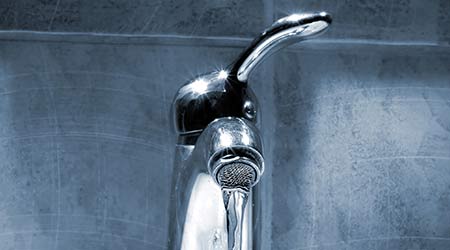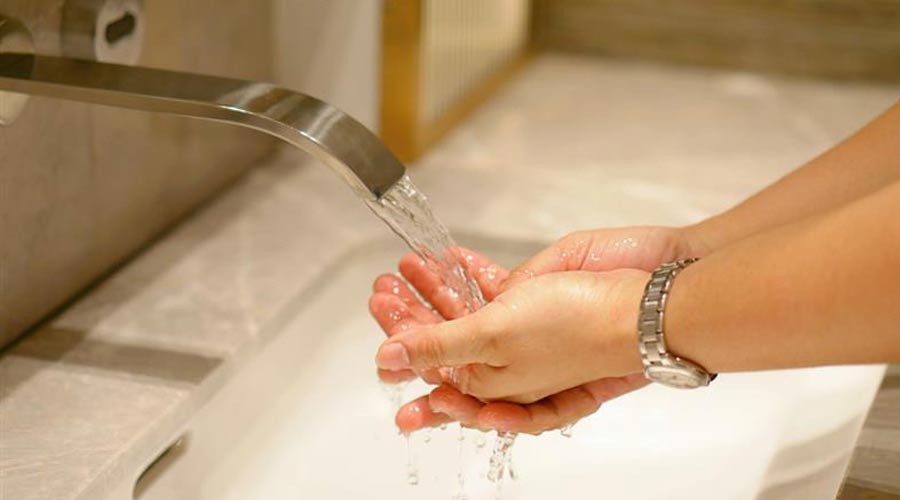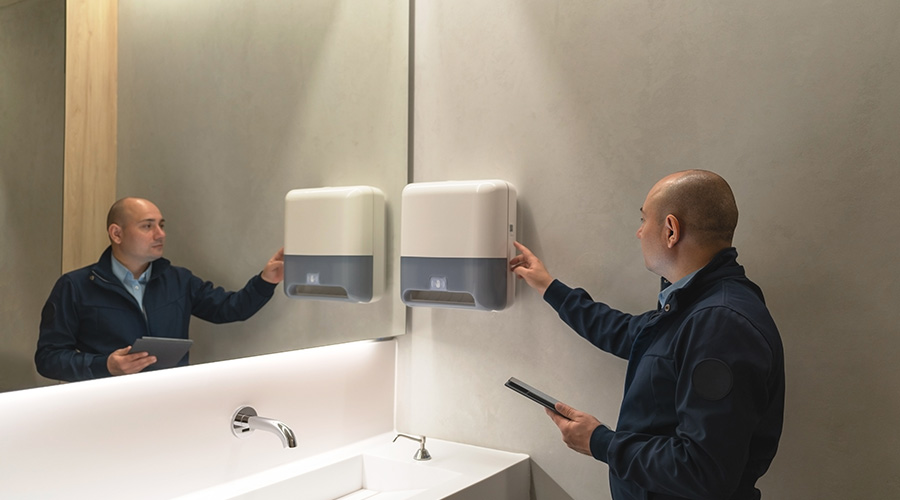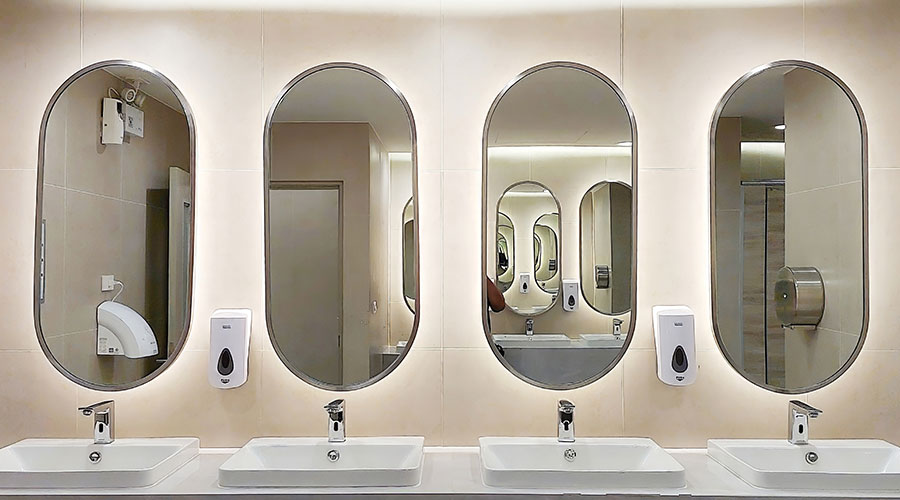 Identifying water waste and specifying products can ensure successful plumbing upgrades
Identifying water waste and specifying products can ensure successful plumbing upgradesWater Conservation: Product Advances Help Lower Water Usage and Utility Costs
Product advances
Plumbing valves, faucets and toilets all have different specifications, as do a facility’s pipes, hardware and fixtures, so some products might be more appropriate for one facility than another. Determining which plumbing products are best suited to a facility will help managers get the most sustainability and conservation out of their investments. To help managers achieve these goals, manufacturers continue to make advances designed to address water conservation.
“Just like in lighting that transitioned from incandescent to fluorescent and now to LED, additional incremental savings are possible” with plumbing products, Carter says, adding that a rate of “1.6 gpf (gallons per flush) or greater was typical with an existing building. That then transitioned to a 1.28 gpf and now to a 1.1 gpf flushometer closets that can be offered in both sensor piston and manual or sensor diaphragm flush valves.”
The internal parts of flush valves require routine replacement in order for the system to maintain the intended flush volumes. Over the years, technicians also have been able to replace flush valves, fixtures and toilets with lower-flow products.
“The return on investment can be quick with the increasing cost of water and sewer fees,” Boyles says. “Additionally, local and federal incentive programs are available to upgrade to high efficient fixtures.”
Batteries for plumbing products also are being designed to last longer and use less power. New-generation flush valves for urinals and toilets use longer-life lithium batteries, which can last three times longer than standard alkaline powered valves.
“We’ve gotten to a point where commercial restroom fixtures and fittings are consuming less and less water, “Boyle says. “In fact, some products already utilize no water. We can’t sacrifice sanitation for the sake of conservation. The next evolution in commercial plumbing fixtures is product transparency, where we investigate what the products in your restroom are made of and how those products impact the environment and the end users.
“WaterSense-labeled products take the guesswork out of selecting high-performance and water-efficient fixtures and fittings. WaterSense is a voluntary program developed by the EPA that certifies water-using products that use at least 20 percent less water than the industry standard and perform at a very high level.”
Manufacturers also are paying greater attention to the appearance and design of new plumbing products in order to enhance the user experience in restrooms, as well as to ensure greater efficiency in terms of water use.
“Flushometer changes include greater emphasis on high-efficiency flush volumes — 1.28 gpf and dual-flush for closets and 0.5, 0.25 and 0.125 gpf for urinals,” says Mike Gipson with Sloan Valve Co. “The move to automatic-sensor flushometers can also save water as with automatic dual-flush flushometers that don’t rely on the user’s behavior.”
Learning from mistakes
Given the mounting pressure to save water and the technology advances in new-generation plumbing products, the process of specifying plumbing is increasingly important — and complex. What are the most common mistakes managers make in specifying plumbing products?
One such mistake is ”taking a one size fits all approach,” Carter says. “At each site, building conditions may vary. Incoming line pressure, age of the drain lines plumbing system design can all affect flushing performance. I recommend to try (a product) first. Remodel a set of restrooms, and capture user feedback.
Carter offers an example.
“In new construction applications, using high-efficiency carrier systems for wall bowls ensures waste-line carry is maximized, thus reducing the possibility for clogs. In retrofit applications, managers may need to use a standard-flush-volume urinal or closet at the end of the line to flush the lines. This still allows managers to take advantage of water saving fixtures and avoid a current building limitation.”
Adam Molberger, commercial product manager with Chicago Faucet Co., emphasizes the need to match the identified facility water-conservation goals to specific plumbing products.
Says Molberger, “It really does make a difference when you design a product to function better at a lower flow rate, but the idea that all fittings are created equal tends to be a mistake because they’re just not.”
Related Topics:













